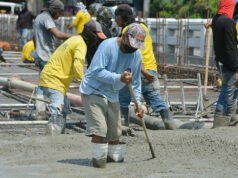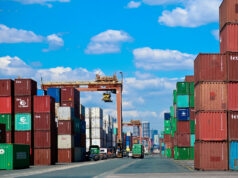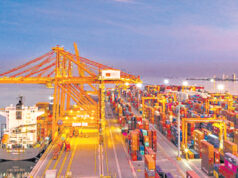Australia employment growth outpaces US
AUSTRALIAN employment growth is now outpacing the US after hiring surged more than twice as much as expected in August. The jobless rate Down Under held steady as more people looked for work.
Employment jumped by 54,200 in August, the 11th straight month of gains and longest streak in 23 years; economists estimated a 20,000 increase Jobless rate held at 5.6%, matching estimates and limiting wage and price pressures in a labor market still with plenty of spare capacity Full-time jobs climbed by 40,100; part-time employment rose 14,100 Australian employment is expanding at an annual 2.7%, compared with 1.4% in the US Participation rate rose to 65.3%, the highest level in five years; economists predicted 65.1%
The labor market has been an economic bright spot this year as full-time jobs have roared back; but under-employment, despite dropping slightly in the three months through August, remains high. The Reserve Bank of Australia has kept its benchmark interest rate at a record-low 1.5% for more than a year to steer growth toward services industries from mining — and recent improving data for business investment suggests it’s working.
But households are struggling with hefty mortgages after buying into a low-rate fueled housing boom, wages remain stagnant and utilities costs are rising. That places a cloud over consumption and explains the unprecedented split between confident businesses and deeply pessimistic consumers. As a result, there seems little near-term prospect of policy tightening.
“Over the last six months over a quarter of a million jobs have been created,” said Craig James at Commonwealth Bank of Australia’s securities unit. “For a six-month period, you have to go back 17 years to find a stronger result. The economy is clearly gathering momentum.” “With the strengthening labor market in Queensland we expect housing equity to become more mobile and move north of the border,” said Shane Lee of Macquarie Bank Ltd. “This has many benefits for Queensland. But one overlooked fact is that it can allow many over-stretched Sydney households to deleverage in the process.” “From a monetary policy perspective it is about what this improvement means for wages and inflation,” said Gareth Aird, a senior economist at Commonwealth Bank of Australia. “From our vantage point, despite the solid jobs growth, we think that we are still some way from labor market slack being eroded sufficiently to put genuine upward pressure on wages. As such, we have the RBA on hold until late 2018.”
Traders now see a 52% chance of an interest rate increase in June next year, having previously expected a tightening in September 2018 Victoria, Queensland and New South Wales led job gains, adding 18,600, 16,700 and 12,900 respectively South Australia and Queensland shared the biggest drop in unemployment, both falling to 5.7% from 6.2%; the mining hub of Western Australia recorded the biggest jump, to 5.9% from 5.4% Monthly hours worked in all jobs increased by 0.4% or 6.1 million hours The underemployment rate dropped to 8.6% from 8.8% and under-utilization also fell by 0.2 point to 14.1% — Bloomberg



